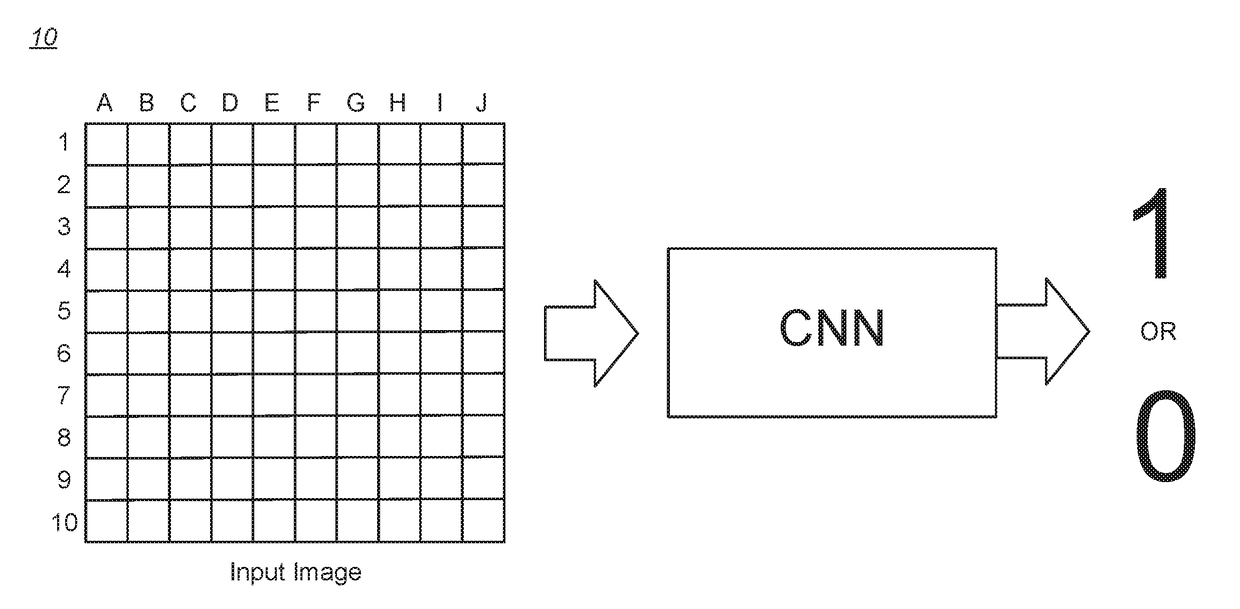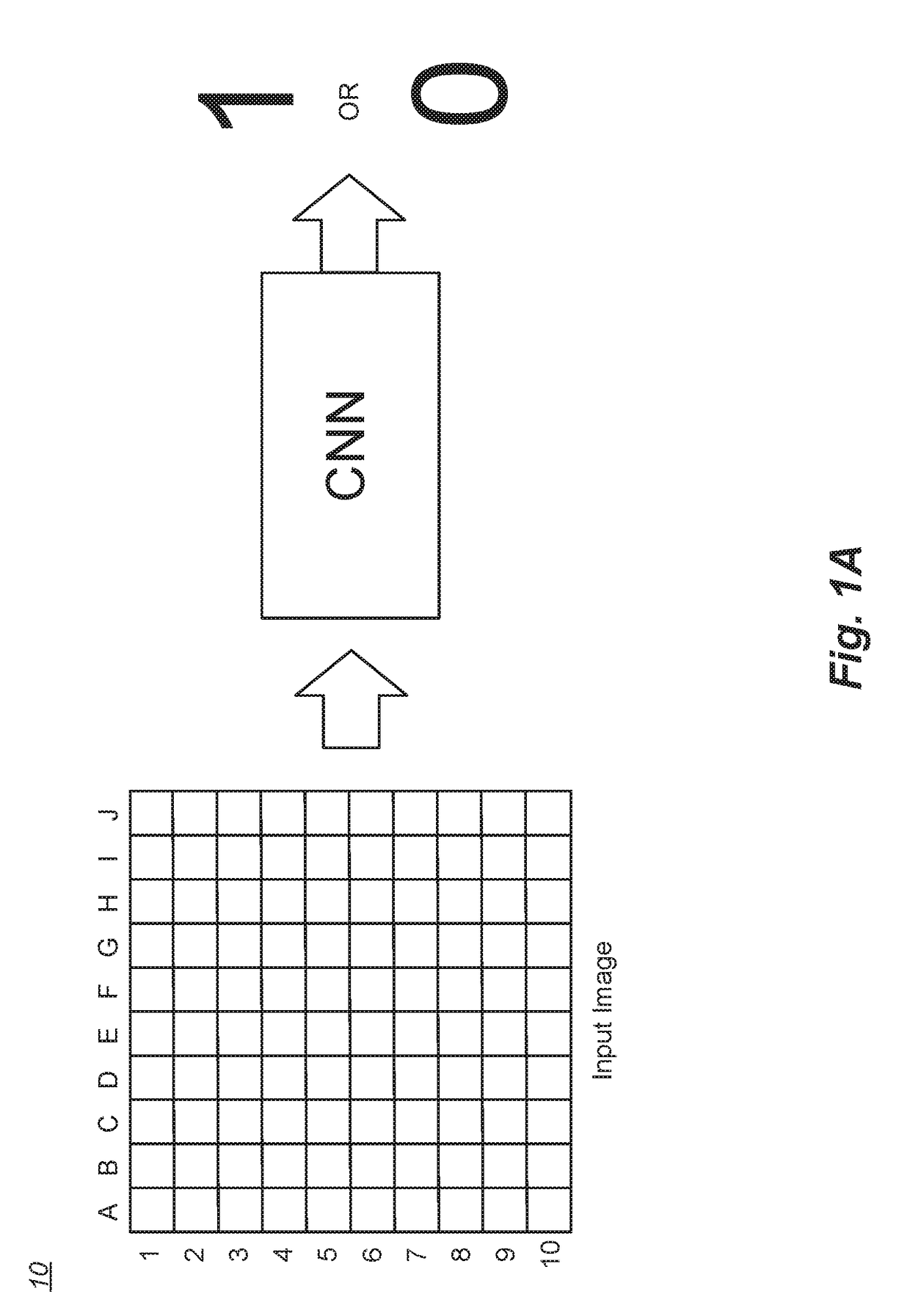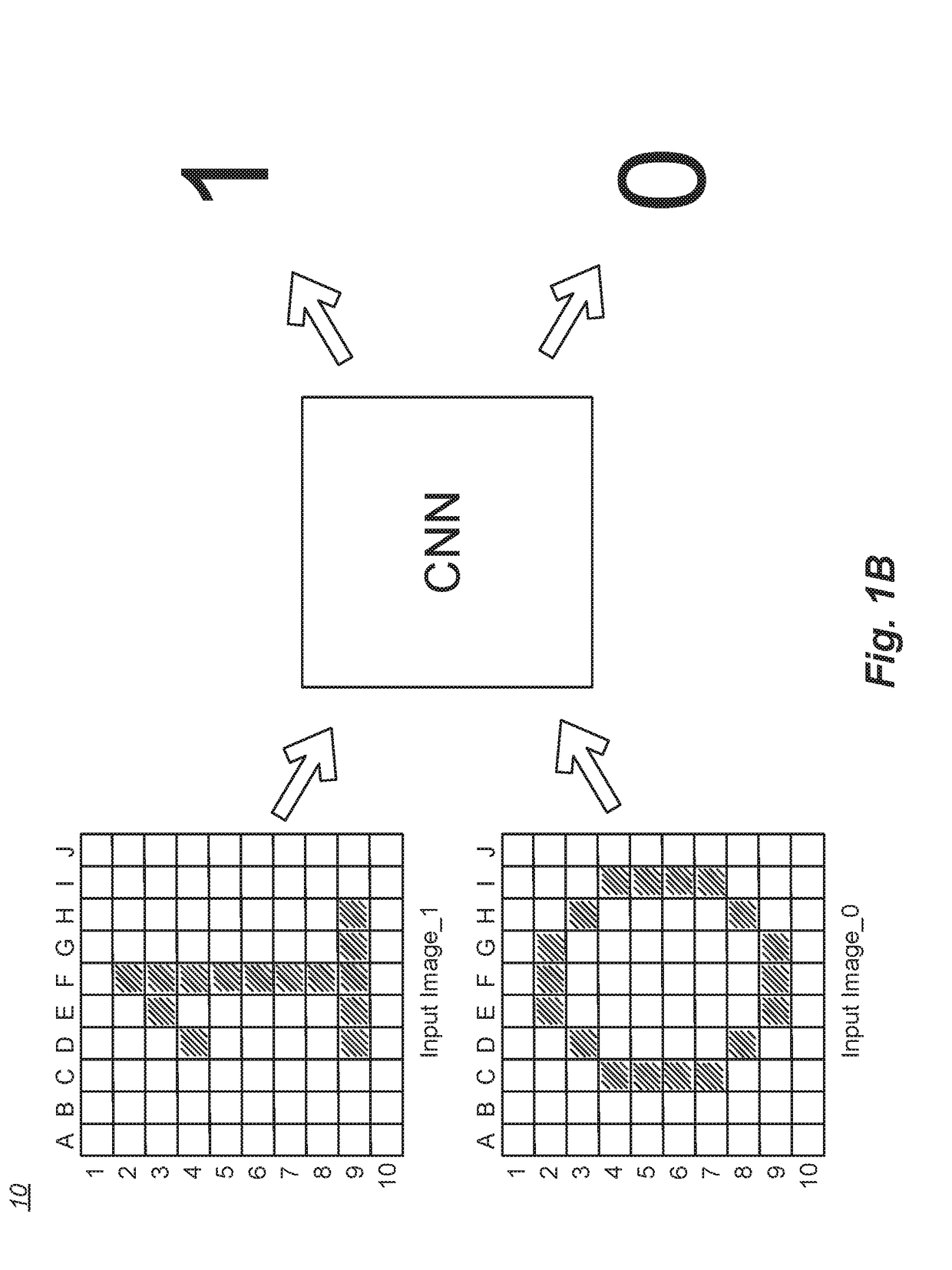Configurable accelerator framework
a convolutional neural network and accelerator technology, applied in computing models, instruments, biological models, etc., can solve the problems of high power consumption, high bandwidth, and other computing resource costs, and achieve the effects of reducing power consumption, efficient mathematical operation, and fast data throughpu
- Summary
- Abstract
- Description
- Claims
- Application Information
AI Technical Summary
Benefits of technology
Problems solved by technology
Method used
Image
Examples
embodiment 400
[0185]In the embodiment of FIG. 4B, the external device interfaces 408 shown include a plurality of image sensors, at least one image stream processor, and a digital visual interface (DVI), but other external device interfaces 408 are contemplated. In addition, the CAF embodiment 400 of FIG. 4B illustrates a plurality of processing modules 410, including one or more color processing engines, a reference frame update module, a background / shadow remover module, a multistage morphing filter (e.g., 4 stage), a feature detection (e.g., FAST) module, and an image cropper and scaler / sub-sampler module. Other processing modules, including but not limited to those modules identified in Table 2, are of course contemplated.
[0186]Six DMA engines 406 are illustrated in FIG. 4B, but another selected number may be formed in the CAF 400. In this case, six DMA engines are illustrated for simplicity in the exemplary description of use of the CAF 400 for simple object detection. Some number of convolu...
embodiment 500
[0207]FIG. 5 is a stream switch embodiment 500 in more detail. The stream switch 500 includes a user-selectable, design-time configurable first number of stream link input ports 504 and a user-selectable, design-time configurable second number of stream link output ports 516. In some cases, there is the same number of input ports as there are output ports. In other cases, there are more input ports than output ports, and in still other cases, there are more output ports than input ports. The number of input ports and the number of output ports are defined at design time.
[0208]At run-time, stream switch 500 communicatively couples input stream link ports to output stream link ports according to configuration data written to certain ones of the CAF control registers 402 (FIG. 4). In the embodiment, one or more of the input stream link ports may be desirably arranged to concurrently forward received data streams to one or multiple (multicast) output ports on the same clock cycle. Thus,...
PUM
 Login to View More
Login to View More Abstract
Description
Claims
Application Information
 Login to View More
Login to View More - R&D
- Intellectual Property
- Life Sciences
- Materials
- Tech Scout
- Unparalleled Data Quality
- Higher Quality Content
- 60% Fewer Hallucinations
Browse by: Latest US Patents, China's latest patents, Technical Efficacy Thesaurus, Application Domain, Technology Topic, Popular Technical Reports.
© 2025 PatSnap. All rights reserved.Legal|Privacy policy|Modern Slavery Act Transparency Statement|Sitemap|About US| Contact US: help@patsnap.com



